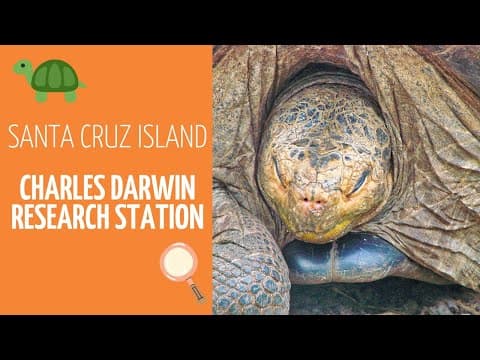%3Aformat(webp)%2Fgal%2Fhighlight%2F20170306_Day_5_PINTA_204_of_206.jpg&w=1920&q=75)
Biodiversity
Panorama
Accesibility
The world famous Charles Darwin Research Center is just a 10 minute walk from downtown Puerto Ayora, and is the home of the non-profit Charles Darwin Foundation.
Inside, you'll find exhibits about the geography, geology and climate of the Galápagos, and the evolution of her unique species. There is also lots of information on the Foundation's current conservation and education programs.
As well as conducting it's own key research, the Charles Darwin Center also hosts international scientists, and supports the work of government agencies like the Galápagos National Park.
Next door is the site of the Galápagos' first giant tortoise breeding center, where pioneering work has been done since 1965 for the preservation of these species. Here you can see newly hatched babies, up to juveniles and full-grown adults ready to be released back into the wild.
Highly renowned research center with interesting exhibits
The first tortoise breeding center in Galápagos
%3Aformat(webp)%2Fimg%2F2048x1536%2F61435.jpg&w=1920&q=75)

%3Aformat(webp)%2Fgal%2Fhighlight%2F20170306_Day_5_PINTA_204_of_206.jpg&w=1920&q=75)
Wildlife observation
Hiking
%3Aformat(webp)%2Fuser%2F00476f13-8809-44f4-94fc-2a8dd688e8ff-hitomi.jpg&w=1920&q=75)
Your contact
Hitomi
%3Aformat(webp)%2Fuser%2F00476f13-8809-44f4-94fc-2a8dd688e8ff-hitomi.jpg&w=1920&q=75)